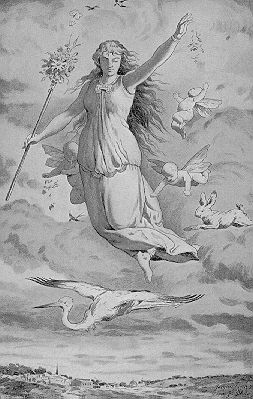The Vikings were not only skilled warriors and seafarers but also had a rich culinary tradition. Their cuisine was shaped by their environment, which included a variety of land and sea resources. In this blog post, we will explore the food and drink of the Norsemen, shedding light on their dietary habits, cooking techniques, and the cultural significance of their cuisine.

Dietary Staples: The Viking diet primarily consisted of what was available in their region. This included a variety of meats such as pork, beef, lamb, and wild game. Fish, particularly herring and salmon, were abundant and formed a significant part of their diet. Dairy products such as milk, cheese, and butter were also essential, along with grains like barley and oats. Vegetables like cabbage, turnips, and onions were grown, and fruits such as apples and berries were foraged.
Cooking Techniques: Viking cooking methods varied depending on the resources available to them. They cooked over open fires, using pots, cauldrons, and spits for boiling, stewing, and roasting. Grilling was also common, especially for fish and meats. The Vikings used a variety of spices and herbs to flavor their dishes, including mustard, dill, cumin, and coriander.
Feasting and Social Significance: Food played a vital role in Viking social gatherings and celebrations. Feasting was an integral part of their culture and was associated with important events such as weddings, funerals, and religious ceremonies. Mead, a fermented honey beverage, was the drink of choice during feasts, and it held significant cultural and ritualistic importance.
Cultural Influences: Viking cuisine was not isolated but influenced by interactions with other cultures through trade and exploration. Spices, fruits, and grains were imported from distant lands, adding new flavors and ingredients to their repertoire. Viking contact with the Byzantine Empire, for example, introduced them to spices like cinnamon and ginger, which became valued commodities in their cuisine.

Conclusion: The Viking cuisine reflects the resourcefulness and adaptability of the Norsemen in utilizing the abundance of their environment. Their diet comprised a diverse range of ingredients, combining meats, fish, dairy, grains, and vegetables. Cooking techniques were simple yet effective, resulting in hearty and flavorful dishes. The cultural significance of feasting and the influences of trade and exploration on their cuisine demonstrate the interconnectedness of Viking society with the wider world.
Works Cited:
- Hagen, Ann. Vikings at War. Casemate Publishers, 2013.
- Haywood, John. The Penguin Historical Atlas of the Vikings. Penguin Books, 1995.
- Svanberg, Fredrik. Food, Culture and Identity in the Neolithic and Early Bronze Age. Oxbow Books, 2015.





Leave a comment
This site is protected by hCaptcha and the hCaptcha Privacy Policy and Terms of Service apply.